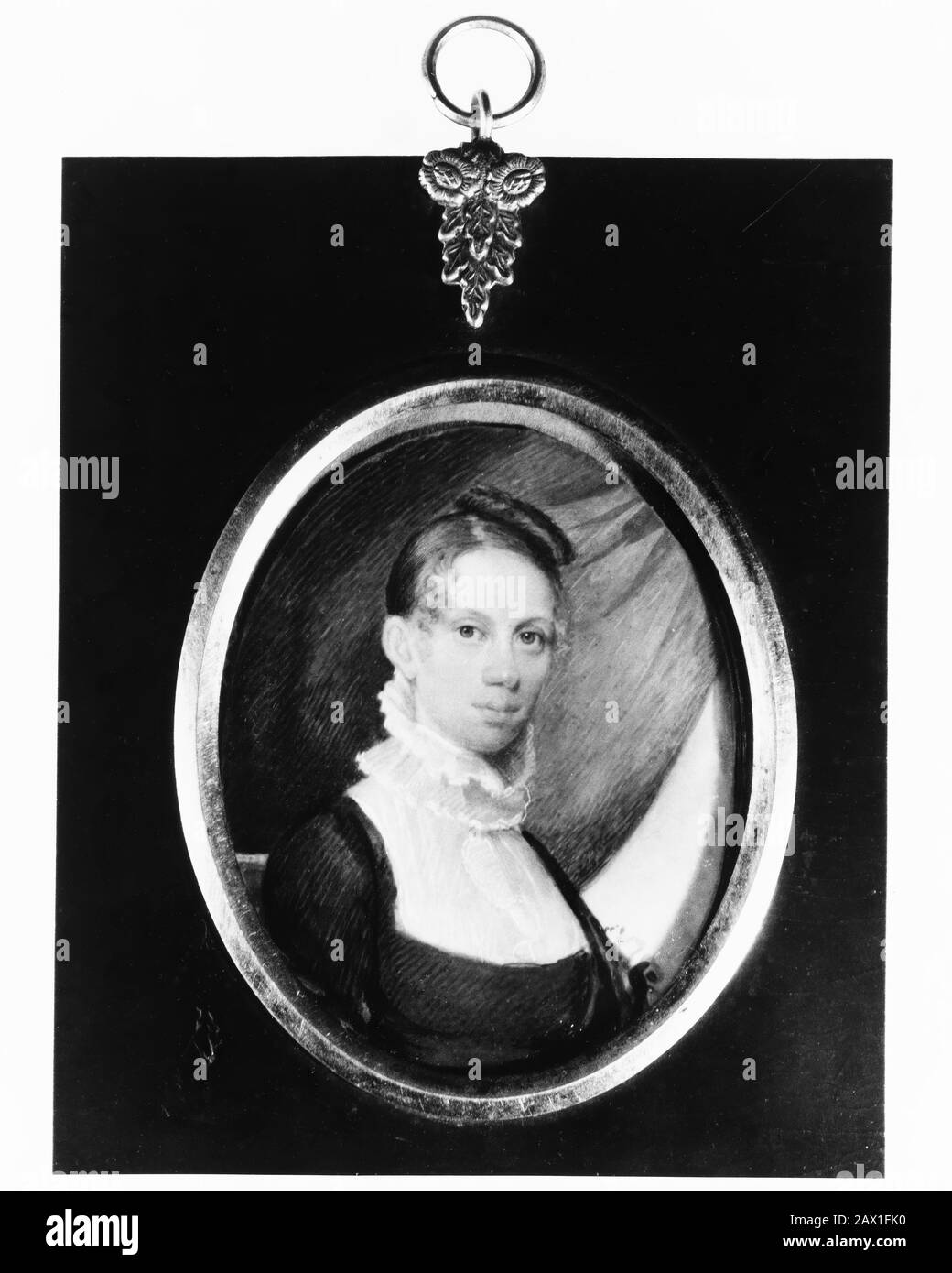
Time Binds emphasizes the critique of temporality and history as crucial to queer politics. Central to Freeman’s argument are the concepts of chrononormativity, the use of time to organize individual human bodies toward maximum productivity temporal drag, the visceral pull of the past on the supposedly revolutionary present and erotohistoriography, the conscious use of the body as a channel for and means of understanding the past. Such “queer asynchronies” provide opportunities for rethinking historical consciousness in erotic terms, thereby countering the methods of traditional and Marxist historiography. By privileging temporal gaps and narrative detours in their work, these artists suggest ways of putting the past into meaningful, transformative relation with the present. Yet they do not fully accept the dissipation of political and critical power implied by the idea that various political and social battles have been won and are now consigned to the past. She examines work by visual artists who emerged in a commodified, “postfeminist,” and “postgay” world.

ELIZABETH FREEMAN ARCHIVE
Challenging queer theory’s recent emphasis on loss and trauma, Elizabeth Freeman foregrounds bodily pleasure in the experience and representation of time as she interprets an eclectic archive of queer literature, film, video, and art. Time Binds is a powerful argument that temporal and sexual dissonance are intertwined, and that the writing of history can be both embodied and erotic. Between 20, she served as Co-Editor of GLQ: A Journal of Lesbian and Gay Studies. She was also the editor of a special issue of GLQ, "Queer Temporalities" (2007). She has written two books, The Wedding Complex: Forms of Belonging in Modern American Culture (Duke UP, 2002), and Time Binds: Queer Temporalities, Queer Histories (Duke UP, 2010). She specializes in American literature and gender/sexuality/queer studies, and her articles have appeared in numerous scholarly journals. with Highest Honors in English, Oberlin College, 1989Įlizabeth Freeman began her teaching career at Sarah Lawrence College, coming to UC Davis in 2000. She is the only non-Sedgwick buried in the “inner circle” of the family plot in Stockbridge, MA.B.A. She became a prominent healer, midwife, and nurse and was eventually able to buy her own home. Ashley offered her work as a paid servant but she chose employment as a domestic at the Sedgwick household.

She changed her name to Elizabeth Freeman.

In the groundbreaking case Brom and Bett v. It was both a challenge and a test case for Sedgwick and Ashley fought to keep Bett and Brom enslaved. Bett and a male slave named Brom asked prominent lawyer Theodore Sedgwick who had also helped draft the Sheffield Declaration to help win their freedom through the courts using the Massachusetts State Constitution. In 1773, Ashley helped draft the Sheffield Declaration which stated that “mankind in a state of nature are equal, free, and independent of each other, and have a right to the undisturbed enjoyment of their lives, their liberty and property.” Similar language was used in both the Declaration of Independence (1776) and the State Constitution of Massachusetts (1780). She moved to Sheffield, Massachusetts when her mistress married Colonel John Ashley. Elizabeth “Mum Bett” Freeman (1744?-1829) was born into slavery in the colony of New York decades before the American Revolution.


 0 kommentar(er)
0 kommentar(er)
